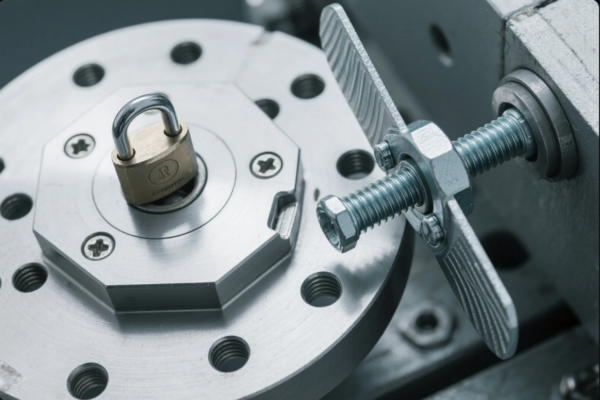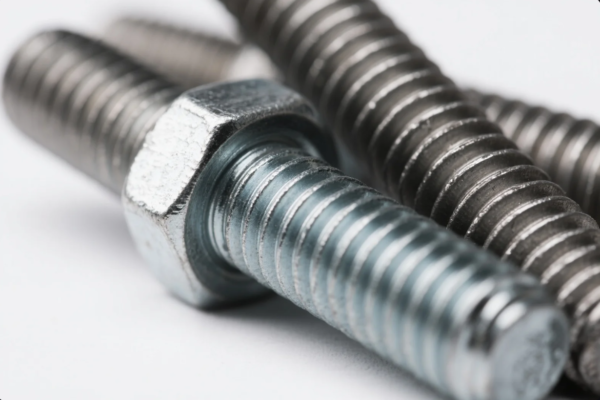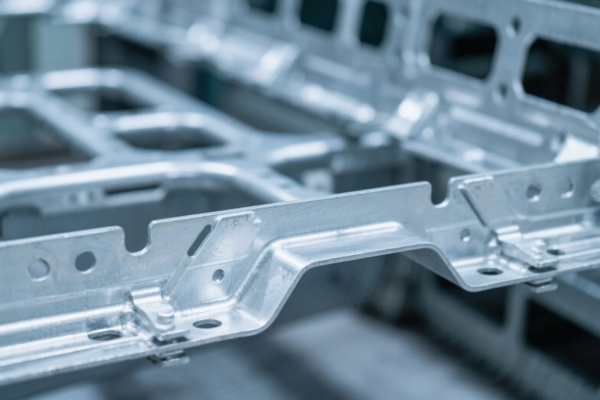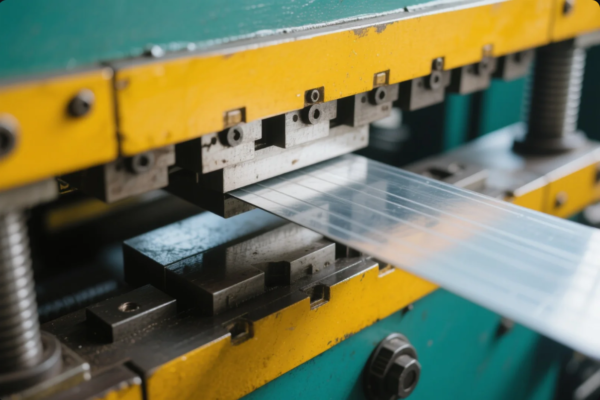How to measure nut bolt size?

Guessing bolt size leads to wrong fits, stripped threads, and wasted materials.
To measure nut bolt size, check the bolt’s diameter, thread pitch, and length using calipers and thread gauges. Matching nuts require the exact same thread and diameter. Measuring properly ensures fast, error-free assembly.
Let’s walk through how to get exact bolt and nut dimensions, just like we do at Prime when preparing ISO-certified fastener kits for global clients.
How do you find the size of a bolt for a nut?
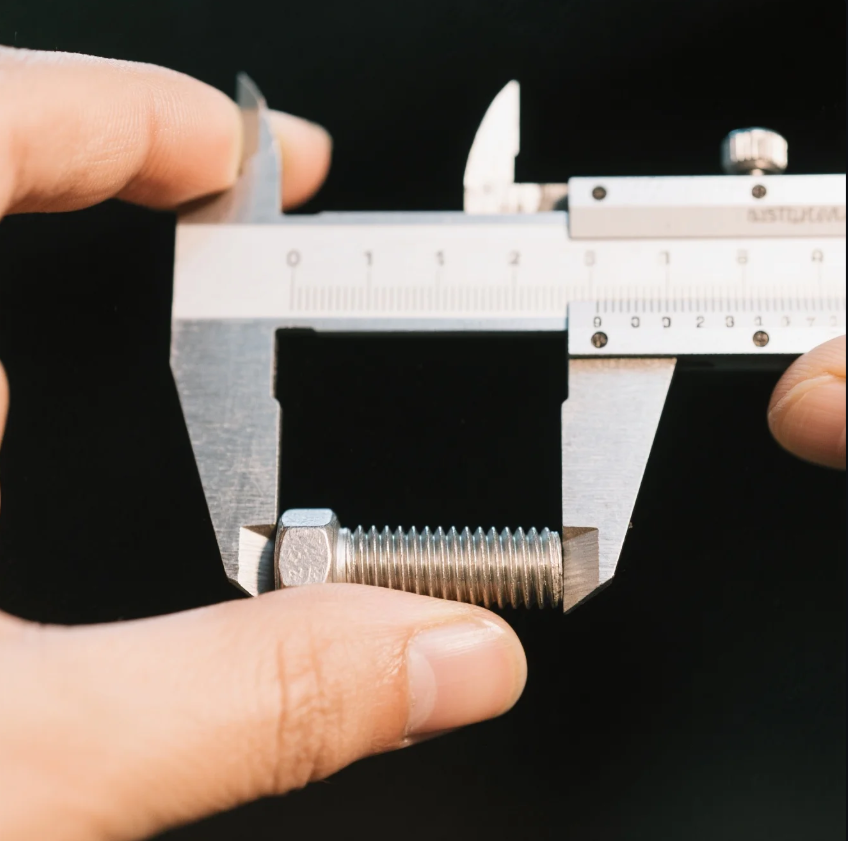
A nut may look right—but without measurement, it could damage the bolt or loosen over time.
To find a bolt that fits a nut, measure the nut’s internal thread diameter and pitch. Then choose a bolt with matching size and threading.
Use a digital caliper to check diameter and a pitch gauge to determine the thread spacing. Prime provides clients with size guides and custom-matched bolt-nut sets.
Nut-to-Bolt Sizing Chart (Metric)
| Nut Internal Diameter | Compatible Bolt | Common Pitch (mm) |
|---|---|---|
| 6 mm | M6 | 1.0 |
| 8 mm | M8 | 1.25 or 1.0 |
| 10 mm | M10 | 1.5 or 1.25 |
| 12 mm | M12 | 1.75 or 1.5 |
We had a client mix M10×1.5 and M10×1.25 bolts—they looked identical, but didn’t fit. Now they order Prime kits with pitch-sorted fasteners, clearly labeled.
How do you match bolt and nut size?

Matching just the diameter is not enough—you must check pitch and type too.
To match bolt and nut size, verify they share the same diameter, thread pitch, and threading standard (metric or imperial).
A mismatch causes cross-threading or loose fits. At Prime, we test-fit nuts and bolts before packaging, especially in bulk or high-load orders.
Bolt-Nut Matching Steps
- Measure the bolt diameter with a caliper
- Measure thread pitch with a thread gauge
- Identify thread type (metric, UNC, UNF)
- Select a nut with matching specs
Match Example
| Bolt Size | Thread Pitch | Matching Nut |
|---|---|---|
| M10 | 1.5 mm | M10 1.5 nut |
| 3/8"-16 | 16 TPI | 3/8"-16 nut |
We once supported a power equipment manufacturer who struggled with thread compatibility. Prime supplied pre-labeled trays of matched bolts and nuts, cutting their assembly time by 30%.
How do you find the correct size of a bolt?
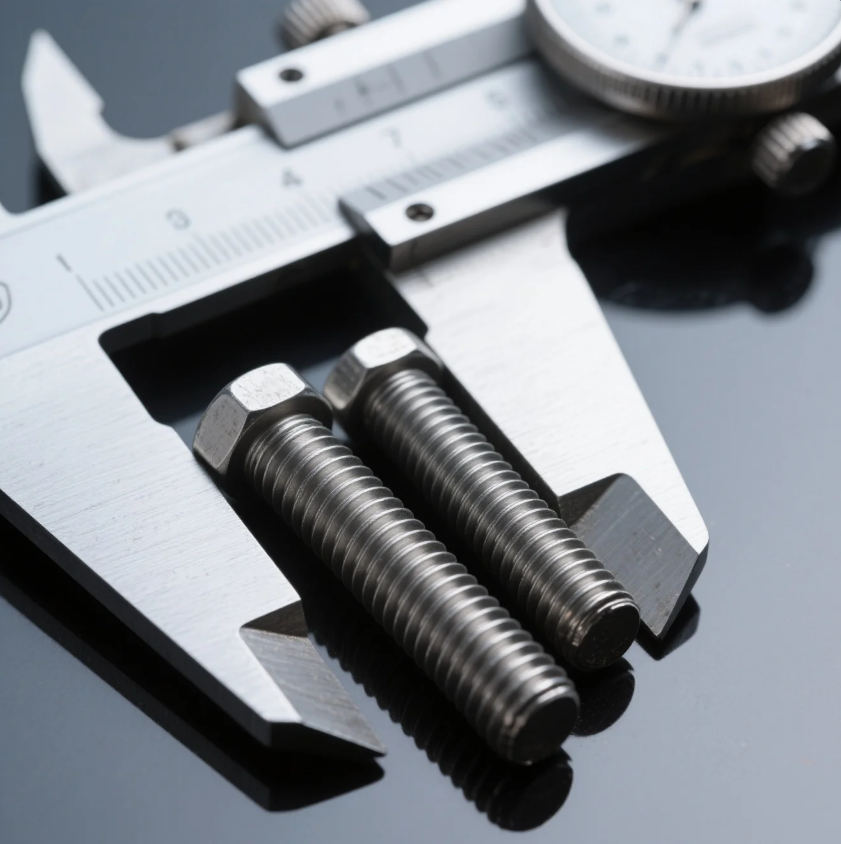
Bolt length or diameter errors can lead to assembly failure or unsafe joints.
To find the right bolt size, measure the hole diameter and material thickness, then check required thread type and torque rating.
Use calipers for the hole, then choose a bolt that fills it snugly. Add washer and nut thickness to determine the total length. Prime helps clients select bolts using CAD, torque, and load data.
Bolt Selection Guidelines
| Factor | What to Measure |
|---|---|
| Hole Diameter | Use caliper for precision |
| Bolt Length | Include grip + washer + nut |
| Thread Type | Match environment or part spec |
| Load or Torque | Use stress charts or supplier input |
In one case, an oil industry client switched to Prime’s CNC-cut bolts, sized based on structural loads—not guesswork. Their installations passed inspection on the first try.
How are nuts and bolts sized?

Fastener sizes follow strict standards—knowing them helps avoid confusion.
Nuts and bolts are sized by thread diameter, pitch, and length. Metric sizes are in millimeters, imperial in inches and TPI (threads per inch).
For example, M8×1.25×30 means 8 mm diameter, 1.25 mm pitch, and 30 mm length. A matching nut would be M8×1.25. Prime supplies all bolts and nuts with spec sheets and size markings.
Metric vs. Imperial Sizing Comparison
| Feature | Metric Example | Imperial Example |
|---|---|---|
| Diameter | M10 | 3/8 inch |
| Thread Pitch | 1.5 mm | 16 TPI |
| Length | 50 mm | 2 inch |
One of our German clients required thousands of fasteners across both metric and SAE standards. Prime provided a full conversion chart and dual-labeled bolt sets, easing their warehouse operations.
Conclusion
Measuring nut and bolt sizes correctly ensures perfect fits, safe assemblies, and smooth production.
Need pre-matched nuts and bolts? Contact Prime today for a free consultation and quote. We deliver ISO-certified, precision-measured fasteners, labeled by size and packed for fast, error-free use across industries.


